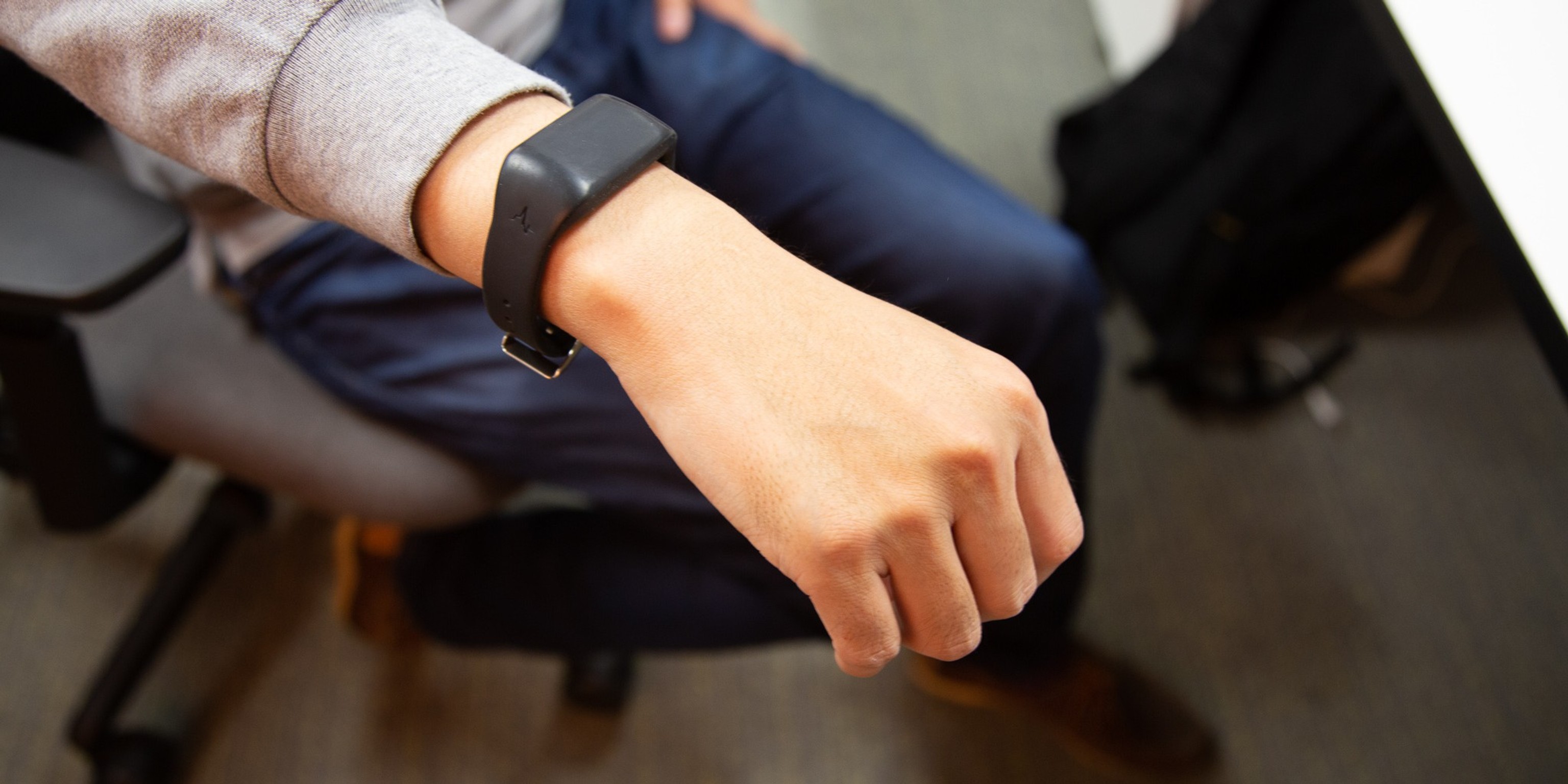
Co-sleep: Designing a workplace based wellness programme around sleep deprivation
Digital Health




Abstract
Co-designing a workplace sleep wellness programme to raise awareness and potentially combat sleep deprivation.
Method
Through three stages, the project looked at potential causes of sleep deprivation, how IoT could be used to track sleep-related data and looking at how to visualise the sleep data.
Takeaways
Through bottom-up and co-design methods, the study found that sleep data can be used to shape the company’s health and safety policy.
Sleep deprivation is a public health issue. A lack of sleep not only harms our bodies’ immune systems but also degrades our capacity to maintain cognitive skills.
However, despite this, sleep deprivation has not been widely investigated in work-based wellness programmes.
In this study, we worked with nine participants in a local manufacture company to raise that awareness.
The common causes of sleep deprivation were identified through the use of wearable trackers and interviews. We also generated design concepts for smart IoT workplace to track and share daytime sleep-related activities such as sleep tracking, diet and water intake.
Through bottom-up and co-design methods, the study found that sleep data can be used to shape the company’s health and safety policy and discussed solutions to deal with the conflicts between personal privacy and the wellness programme.
Using digital technology as part of raising sleep deprivation awareness is a laudable goal, and our study demonstrated that even narrowly focused short-term research can get people aware of the factors influencing their sleep and the importance of quality and duration of sleep.
Through three stages, the project looked at potential causes of sleep deprivation, how IoT could be used to track sleep-related data and looking at how to visualise the sleep data.
Using sleep data is a debatable topic. The wellness programme needs to consider consulting the work council and employees, such as confirming the hours of sleep needed to come to work and the countermeasure to prevent abuse of the sleep data.